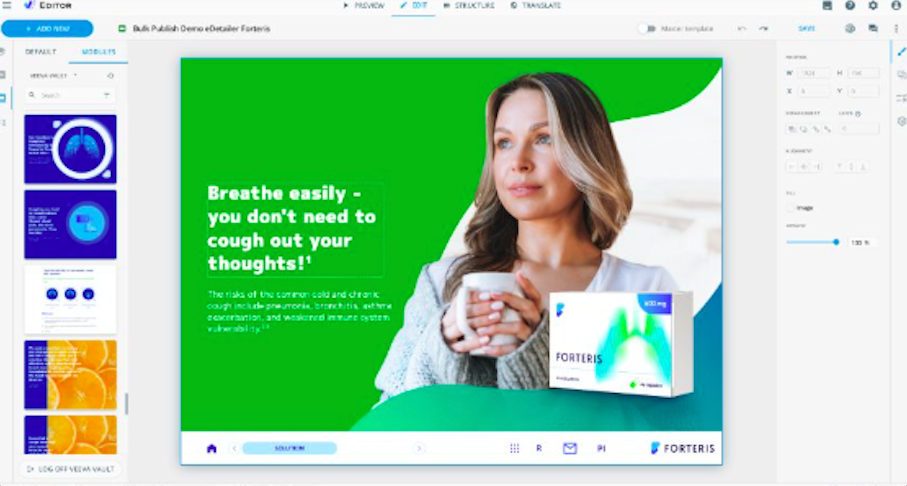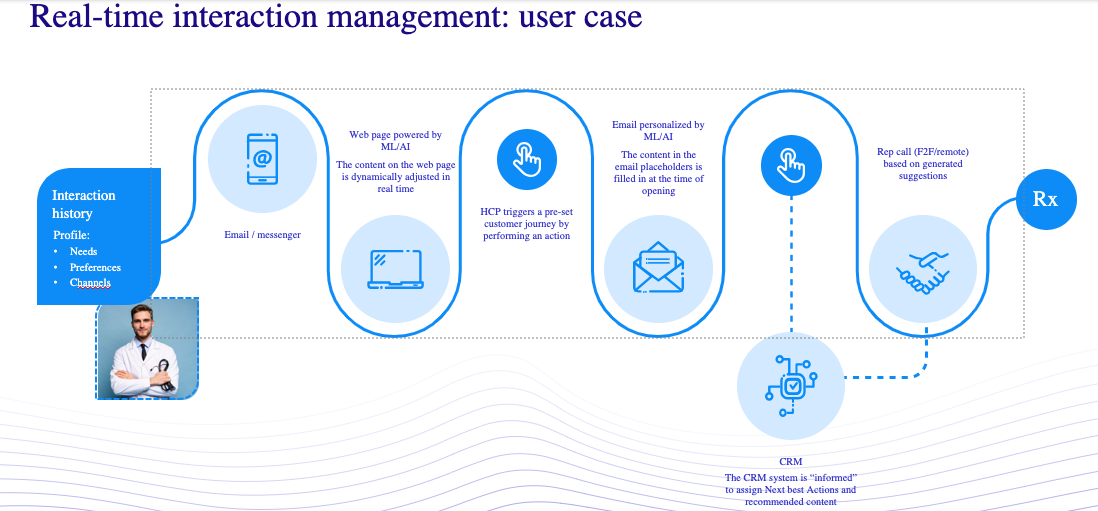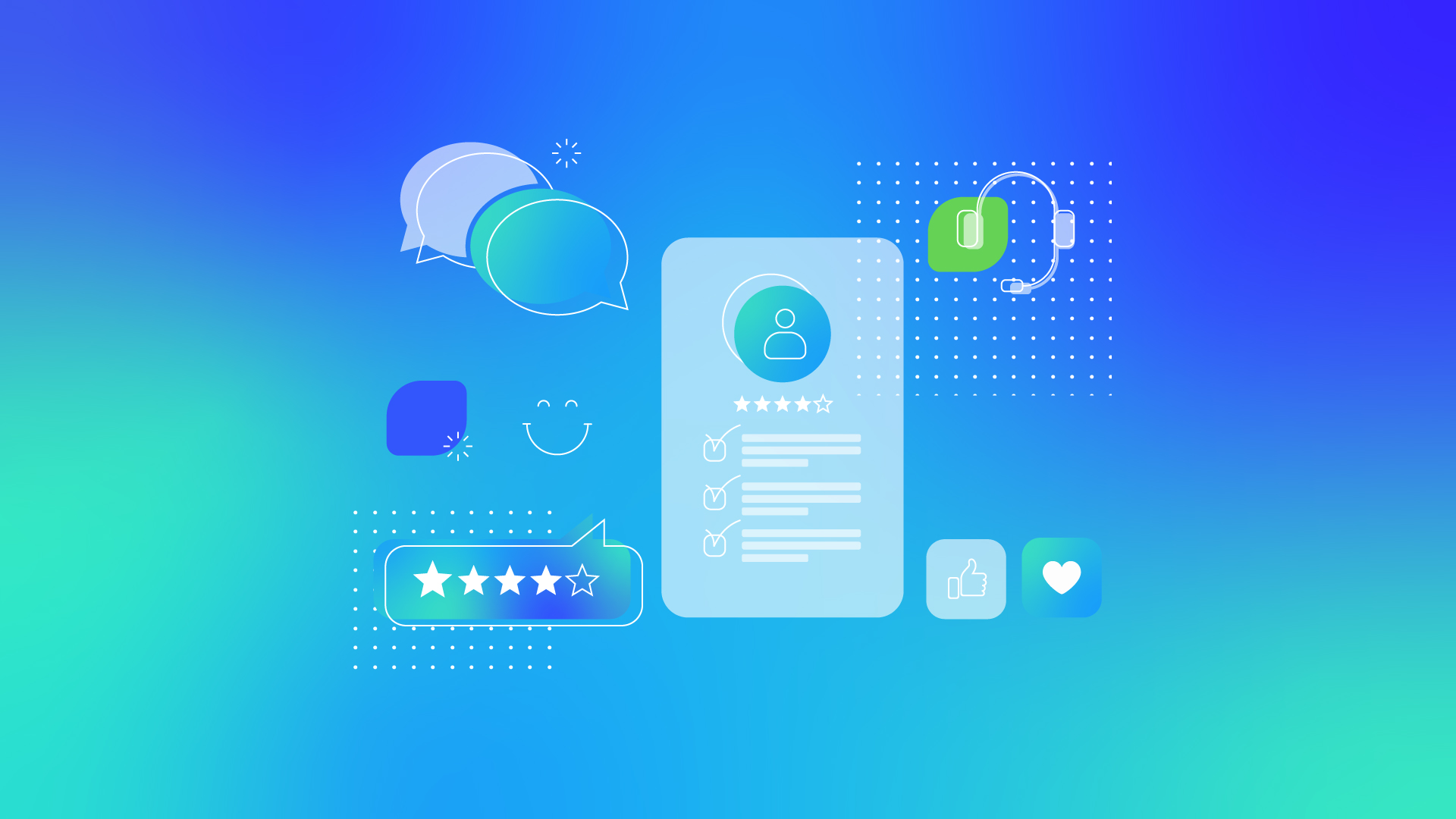Customers seek extraordinary experiences, not just products. Why? They get value from using the product, not just owning it. The idea of customer experience was first introduced by Holbrook and Hirschman in 1982. The scholars emphasized the importance of the hedonic and emotional aspects of consumption.
The point is that consumer needs are not always rational and practical; they can be aesthetic, symbolic, social, ideological, or sensory. All of these needs can be leveraged by marketers to maximize the success of a product. The Viseven team shares effective digital customer experience strategies to help you meet your audience’s diverse expectations.
Digital Customer Experience Explained
What does a positive digital customer experience look like in the pharma industry? Let us paint a picture of a real-life interaction. A healthcare provider (HCP) connects with a brand through a face-to-face visit with a Medical Representative (MedRep). After the meeting, they receive a personalized email based on their interaction with the Field Force. They do not have to repeat themselves and can simply continue the conversation.
By clicking the links in the email, the HCP accesses a remote eDetailer to explore the company’s products in more detail. While using the eDetailer, the professional can easily find what they need and complete the desired action when convenient. If any problem arises, support is immediately available. The pharma company uses data from the HCP’s engagement with the eDetailer to further personalize customer experiences.
Effective Digital Customer Experience Strategies to Check Out
For over 14 years, the Viseven team has been delivering MarTech services to the world’s leading pharmaceutical companies. During this time, we have learned a lot about creating marketing strategies that ensure a positive customer experience and earn loyalty. Here are some of our insights:
Find customer pains and turn them into opportunities
The first step is to understand the discomforts your customers face and how to eliminate them better than your competitors. Let us see an on-point example.
Many MarTech companies today offer their life sciences clients digital solutions for creating modular content. This modular approach involves breaking down content assets into separate modules — design-less and meaningful content chunks — that can be reused and repurposed later.
Yet marketers struggle to match the right content module with the right block, as they need to memorize the structure of all the blocks. But what happens if a newly hired marketer is tasked with creating content? They would give all their blood, sweat, and tears just to compile a single email.
To give you an example from our experience at Viseven, we decided to introduce a module suggestion engine within our content experience platform, eWizard. This feature allows content creators to focus on their work without stressing about matching modules to templates, as the system does it automatically.

eWizard module’s suggestion engine
This is just one example of innovation in the pharmaceutical industry that helped mitigate customer pain points. Superior digital experience starts with understanding your customer’s journey and anticipating their needs.
Connect digital and physical worlds
Many companies push the idea that technology is key in this digital age. But what they are missing is that physical channels are still increasingly important, and it is more accurate to say we live in a “phygital” age. When brands fail to break through the walls between these two worlds, customers experience disruptions, resulting in confusion, disappointment, and resentment.
In our practice, we see many pharmaceutical companies with a significant gap between their online presence and the work of MedReps. This leads to poor planning, mixed messaging, and incorrect engagement timing.
Conversely, life sciences brands that plan MedReps’ visits around HCPs’ online interactions witness higher engagement rates. Building a complete customer journey is equally vital for connecting all physical and digital touchpoints.
Deliver omnichannel communication
Another step is to ensure that digital channels “play nice” together. Customers switch between a brand’s channels based on their current needs and preferences, and our task is to make these transitions practically invisible.
One way to achieve omnichannel success is to focus on customer data rather than the digital channels they are using. When you are truly omnichannel, your CRM becomes a one-stop shop for customers’ demographics and behavioral data, from webinar attendance to clicks in eDetailers to face-to-face meetings.
Equally important is to have a single point of orchestration. Building a holistic customer journey is the most effective way to plan and implement campaigns, enabling you to adjust journeys for each channel easily. For example, if an HCP does not open your email, you can follow up with an SMS, while avoiding sending duplicate messages to those who already opened the email.
Use data analytics to personalize experiences
Now that you have all the data in one place, you should use it to tailor your experiences to customers’ needs, and here is why. Customers are bombarded with hundreds of generic ads each day. To make them sensitive to your messages, you must deliver offers and communication that match their individual demands and preferences.
The evidence shows that 43% of consumers worldwide are eager to share their personal data in return for personalized marketing. Moreover, a recent study suggests that almost half of marketers from different countries believe personalization improves CX and customer retention.
Gathering data is essential for mapping a customer journey and improving your digital customer experience strategy over time. Content experience platforms, like eWizard, enable users to track customer digital interactions and build user-friendly dashboards, diagrams, and graphs. Data visualization helps marketers assess what is working and what is not, quickly communicate findings to colleagues, and notice data patterns that might otherwise be overlooked.
You might also want to use social listening tools to understand the audience better and personalize your services. Analyzing posts, images, and comments lets you learn consumers’ genuine sentiments towards your brand and whether they recommend your services to their friends.
Adapt to customers’ demands in real-time
Customer preferences constantly evolve, and the ability to adapt instantly gives you a serious edge. The research findings show that 22% of companies admit it is challenging to gauge customer needs, while 21% struggle to adapt to changing expectations. Let’s see how we use technology to help our clients adapt to customer needs in real time.
We assisted a pharma brand in creating personalized rep-triggered emails. The marketers sent an HCP email with a link. Clicking the link took them to a website customized based on their past interactions. Their actions on that website then triggered targeted messages with real-time content.
This way, the HCP received information relevant to their current needs, instead of generic materials. This customer behavioral data was fed to the pharma company’s CRM system, enabling MedReps to plan the next best action to continue and foster engagement with the HCP.

Leverage AI chatbots
Modern people want to receive answers to their problems and move on quickly. Research shows that more than half of respondents are unwilling to wait more than three minutes in a brick-and-mortar store. If brands make customers wait, they risk losing even the most loyal ones.
The same research indicates that speed is as important as price. Most customers will pay 19% more for instant service and assistance, and 27% will spend more if the company addresses their queries faster. These findings highlight the customers’ need for fast service and convenience.
Pharmaceutical brands should constantly ask themselves, “What can we do to deliver our service faster and speed up communication?” One answer is using AI chatbots. According to HubSpot, 71% of brands want to pour their money into AI chatbots to improve customer service.
This will allow them to stay connected to customers 24/7 and differentiate themselves from competitors. Chatbots also enable your content creators or the digital content factory to learn more about the audience, further fostering personalization.
Monitor digital customer experience metrics
Metrics are key to understanding if you are making progress with your digital customer experience. If the strategy does not perform well by some metrics, it does not mean you should immediately scrap it. Sometimes it is more effective to gather customer feedback or use social listening tools to spot the issue and tweak your digital customer experience strategy.
Here are some metrics you can track to evaluate your strategy’s performance:
- Customer satisfaction score. This shows consumers’ satisfaction with your experience on a scale of 1-5.
- Churn rate. This measures the percentage of consumers who stopped using your product over a certain period.
- Net promoter score. The score indicates how likely your customers are to recommend your brand to a friend on a scale of 0-10.
- Customer lifetime value. The metric shows how much revenue one customer can bring to your business.
- Social media engagement. This is the percentage of users who viewed and interacted with your content.
- First contact resolution. The measurement reflects the number of customer issues successfully resolved on the first contact.
- Average resolution time. This is the time needed to address a customer’s query.
Depending on your customer experience goals, you might only need to track some of these metrics. For example, if you want to improve the quality of your support services, you should focus on metrics like first contact resolution and average resolution time. Then, set your key performance indicators and use analytics solutions to automate this process.
Build a customer-centric culture
Companies that prioritize their customers provide outstanding digital customer experiences by harnessing the collective effort of the entire organization. The importance of customer experience should be baked into everything from marketing and development to support, becoming an essential part of your brand’s DNA.
Executives must ensure that every employee embraces this value by encouraging them to be change ambassadors, not just task-doers. To engage teams and keep them motivated, you might want to connect the digital customer experience strategy to tangible outcomes. For instance, leaders can show how personalized content improves engagement metrics and decreases bounce rates over a certain period.
It is also crucial to democratize customer data. All teams, not just your marketers, should have access to customer insights. By sharing this information across departments, everyone can work together to improve digital customer experiences. Using a CRM system allows employees across the organization to gain a deeper understanding of customer needs, pains, and frustrations, enabling them to create more effective and personalized solutions.
Taking the Driver’s Seat: Leading Customer Experience to Success
Every business, including those in pharma, should treat digital customer experiences as their top priority to stay afloat and thrive. The stakes are higher than ever: customer loyalty, satisfaction, and overall business success depend on it.
While the strategies mentioned are effective in improving customer experience, it is technology that enables smooth interactions with the audience. eWizard is an advanced content experience platform that lets pharmaceutical and life sciences companies plan, build, and analyze their content. With this MarTech solution, our clients deliver resonant, highly personalized content and omnichannel communication with their audience.
Interested in subscribing to eWizard? Contact our team for more details.
